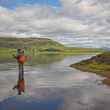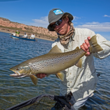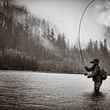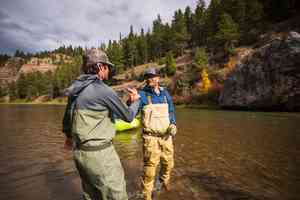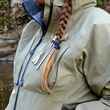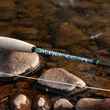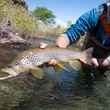For the backcountry fly fisher, there might not be anything sexier than a lonely beaver pond reflecting a blue-bird mountain sky, and dimpled only by the rises of braindead, off-the-beaten path trout.
God bless beavers and their industrious nature. They make habitat for the fish we love, and opportunities to catch them.
But beavers haven’t always been so fondly considered, even by us anglers. For centuries, they were sought after, not for the work they do to improve stream habitat, but for their luxurious fur. They were trapped throughout the Rockies, nearly to extinction. But, in the last 50 years or so, they’ve made a remarkable comeback, thanks mostly to a cultural shift in how we view the toothy rodents that turn a straight-pipe trickle into a trouty backcountry oasis.



